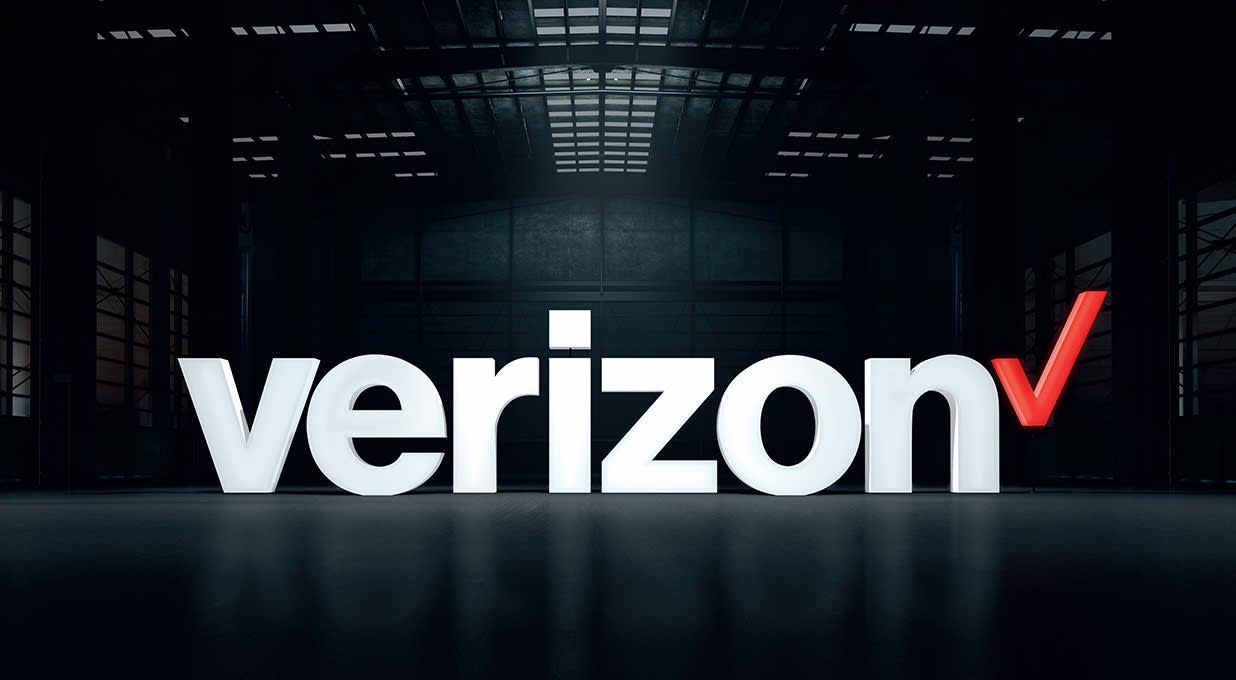Verizon reported first-quarter revenue of $33.0bn and underlying cash profit (EBITDA) of $12.1bn, both broadly flat on last year. Total wireless service revenue rose 3.3% to $19.5bn, driven by higher prices and an increased contribution from fixed wireless products.
Verizon lost 68,000 net monthly bill-paying mobile phone subscribers, better than estimates of a 100,000 loss. In broadband, 389,000 net new subscriptions were driven by growth in mobile broadband – though that was down from last year.
Net unsecured debt, the group's headline debt measure, fell $3.8bn to $126.0bn. Free cash flow rose from $2.3bn to $2.7bn.
On 29 February, the board declared a quarterly dividend of $0.665 per share.
The shares rose 2.5% in pre-market trading.
Our view
Verizon is one of the world's largest telecommunications groups, with operations focused in the US. 2024 has started reasonably well, with the first quarter performance showing lower losses from monthly mobile subscriptions than last year and continued growth in wireless broadband.
Consumer is by far the larger of its two primary segments. It provides mobile and landline services directly to individuals and via wholesalers as well as selling devices like smartphones and laptops. Mobile subscriber growth has been a struggle of late, but trends are improving. The growing 5G network plus new, flexible, plans are starting to show results. Price hikes squeezed consumers early in the new year, but the group is still expecting to deliver some growth over 2024.
There's plenty of scope to grab market share with increased 5G adoption, through traditional mobile and fixed wireless broadband products. Verizon's putting a lot of eggs in this basket and has thrown billions at the task. We think this is the right move. But with the conclusion of the spending program upon us, and revenue growth hard to come by in recent years, the benefits need to start coming.
That's especially true as traditional landline operations are still in decline, and wireless data is a notoriously competitive market. It's hard to offer something meaningfully unique, so telecoms groups often end up competing mainly on price, which is rarely a good thing for profit margins.
Verizon's debt pile is eye-watering too. That's a result of spending listed as "wireless licences." Simply put, governments licence out chunks of the electromagnetic spectrum (think 5G) to telecoms groups to run their networks on, and they charge a pretty penny.
For now, Verizon looks in acceptable financial shape. Although debt is not great, and the choice to hold around 25% at variable rates was clearly a bad one, we're not overly worried - revenue has tended to be reliable and the group's generated a bucket load of cash. The 6.7% yield is lofty but looks well covered so we don't have concerns there. But reducing debt is going to be a priority when capex reduces to more normal levels, at least in the near term.
The valuation isn't too demanding, and we can certainly see how the mammoth cash flows and healthy yield are attractive prospects. But we would urge caution. While the use of debt has helped boost returns for equity holders, it can be a double-edged sword if profits struggle, and no returns are guaranteed.
Verizon key facts
All ratios are sourced from Refinitiv, based on previous day’s closing values. Please remember yields are variable and not a reliable indicator of future income. Keep in mind key figures shouldn’t be looked at on their own – it’s important to understand the big picture.
This article is not advice or a recommendation to buy, sell or hold any investment.No view is given on the present or future value or price of any investment, and investors should form their own view on any proposed investment.This article has not been prepared in accordance with legal requirements designed to promote the independence of investment research and is considered a marketing communication.Non - independent research is not subject to FCA rules prohibiting dealing ahead of research, however HL has put controls in place(including dealing restrictions, physical and information barriers) to manage potential conflicts of interest presented by such dealing.Please see our full non - independent research disclosure for more information.


